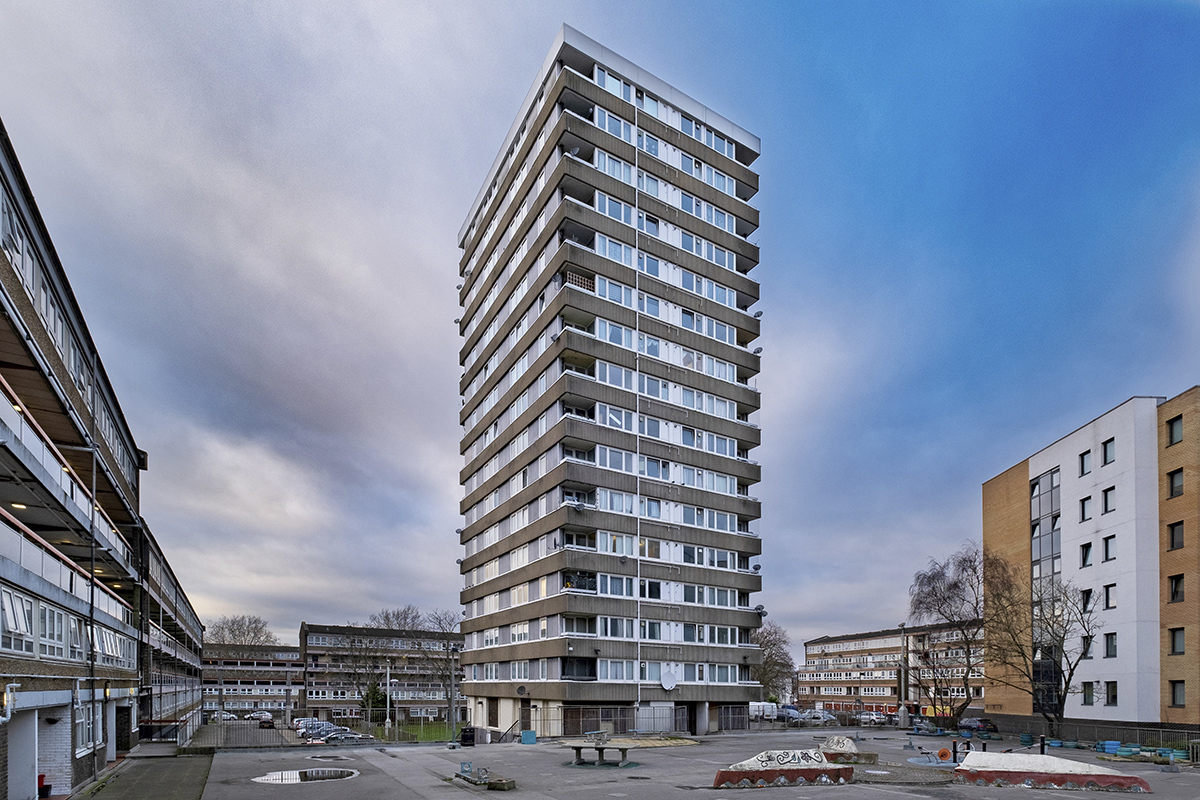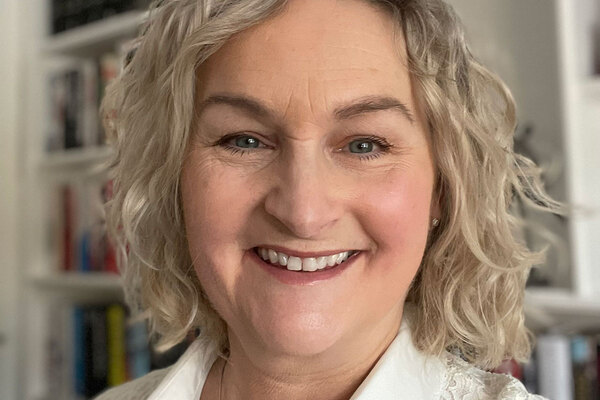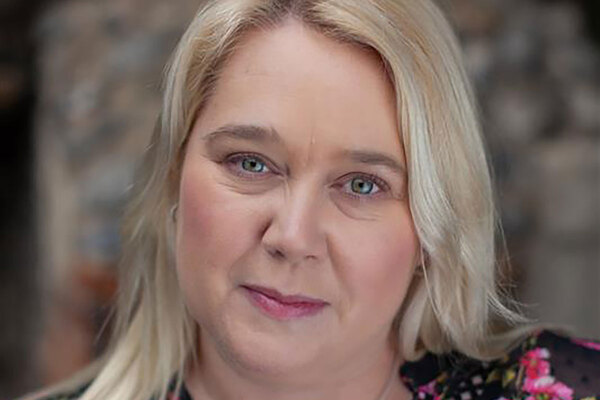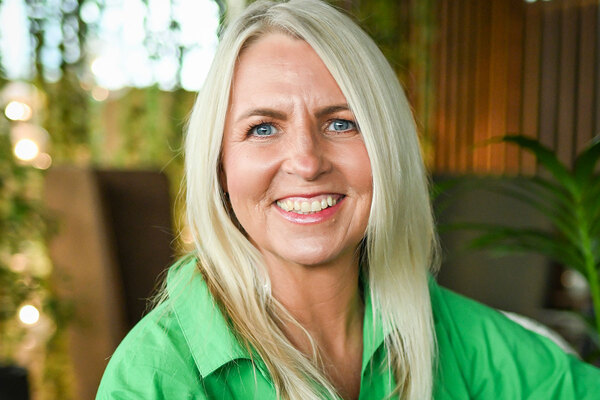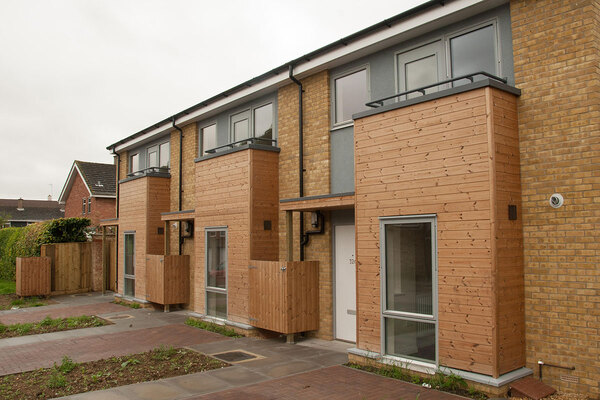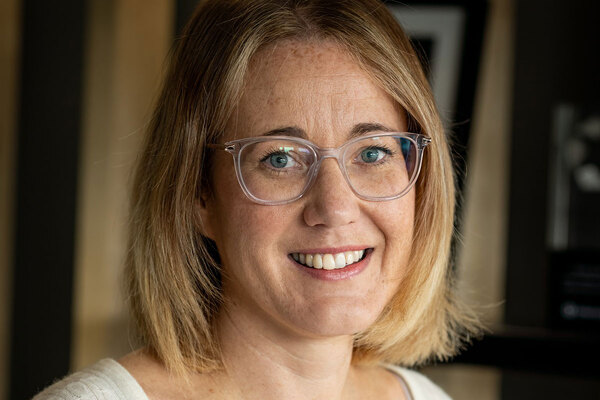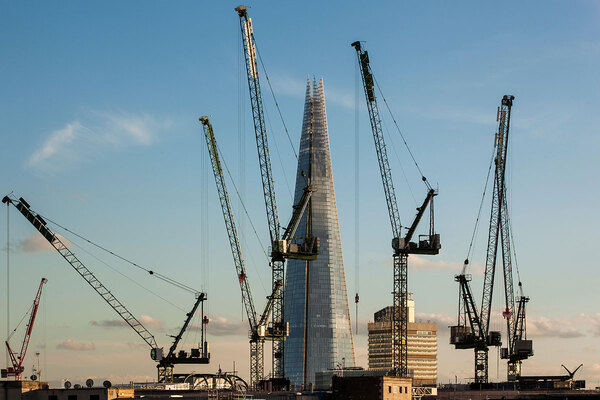Building Safety Regulator reveals 2026 target for checking ‘higher-risk’ blocks
The Building Safety Regulator (BSR) aims to check 40% of “higher-risk” blocks by April 2026 and warned it will take action if work to remove dangerous cladding has not started.

In its first strategic plan, published yesterday (29 November), the BSR set out how it will operate over the next three years.
This will include working alongside the Regulator of Social Housing and Housing Ombudsman to ensure problem buildings are “fixed without delay”, the document said.
It stated: “By April 2026, we aim to have assessed about 40% of occupied higher-risk buildings, which represents 65% of residential dwellings.
“Any work on remediating dangerous cladding will be completed or underway, and we will take action on those that are not compliant.”
Higher-risk buildings are defined by the government as at least 18 metres or seven storeys high, with a minimum of two homes.
However, the BSR said that any buildings with Grenfell-style aluminium composite material cladding that has not already been fixed will be assessed in the first year, regardless of its height or number of homes.
The BSR, which began officially operating in April, was established under the post-Grenfell Building Safety Act and is part of the Health and Safety Executive (HSE).
Its stated aim is to regulate higher-risk buildings, raise safety standards, and improve the competence of design, construction and building control professionals.
The organisation has endured a bumpy start and is currently without a permanent head as Peter Baker, chief inspector of buildings, abruptly left the HSE in May after a 38-year career.
In July, the government’s Infrastructure and Projects Authority gave the BSR an ‘amber’ rating and warned that “significant issues already exist, requiring management attention”.
The BSR’s new 27-page strategy revealed that by October 2026, it aims to have done a cost-benefit analysis around making regular inspections of the condition of electrics in buildings.
It will also look at what “further provision or guidance” may be needed over stairs and ramps in higher-risk buildings, dealing with the emergency evacuation of disabled people, and sprinklers.
Writing in the foreword of the strategy, housing secretary Michael Gove said: “The new regime will take shape, evolve and strengthen over time. We will see fundamental improvements to the safety and standard of buildings in England.
“We will see increased competence and accountability among those working in the built environment. And we will have buildings that are safer for the generations to come.”
Philip White, director of building safety at the HSE, who took on Mr Baker’s responsibilities on an interim basis, said: “Our aim is that people will see fundamental changes to the safety and standard of all buildings and increased competency among industry professionals that raises those standards year on year.”
Sign up for our regulation and legal newsletter
Already have an account? Click here to manage your newsletters
